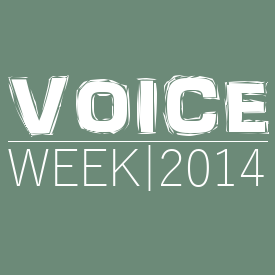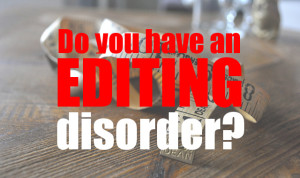Erin says:
I’m writing a book, and I’m having this recurring difficulty that is really bugging me. When I write my scenes (I’m on my first draft), they go by really fast. I see that published writers usually spend a lot more time in one moment, really diving deep. Even when I add a bunch of detail, it’s still like one paragraph for my character to make her way down a mountain in the rain. So I’m going to pose a couple of questions. First, it that normal for a first draft? Do any of you have that problem? Second, how would I fix this in my later drafts if it’s normal and okay, or fix it now if it isn’t?
—
This is an interesting question, and the answer depends on a few different factors.
First, not every event (e.g. hiking down a mountain) has to be a scene. It can just be transitional and short. Or you can even cut it out and use chapter breaks and soft hiatuses to imply the passage of time.
But if every scene is coming out paragraph-length, then yeah, you may have a problem. Before you dig deeper, however, ask yourself this:
Is this really a novel, or is it a short story?
I’ve had this problem myself. I get an idea, and it feels like a novel-length thing with layers and depth and plenty of time to get to know and love the characters. But then I start writing at what I think is the beginning, and (a) the scenes are really thin and (b) is takes forever to get to the “good part.” These are usually signs that it should just be a short story.
In that case, start writing at the climax. Read more about that here. Then work in any backstory you need within that climactic scene, but remember less is more. Imply, rather than state, whatever you can. Here’s how to do that.
Bonus: You’ll find you can still fit lots of emotional layers into a short story.
Now, if you need way more backstory and world-building for the climax to make any sense, it may need to be a novel.
If it’s definitely a novel
Maybe this part of the story just doesn’t have much going on. So still ask yourself if you are starting in the right place. Will the story make sense if you open later in the timeline?
Typically it should start just before your protagonist is thrust into a new situation, the “inciting incident”:
- OPEN: Lucy and her siblings move to the country to escape the WWII air raids.
- INCITING INCIDENT: Lucy finds a magical land in a wardrobe.
- OPEN: Luke buys some new droids.
- INCITING INCIDENT: The droids turn out to be stolen and to be carrying dangerous information. (The opening battle scene works more like a prologue in this case.)
- OPEN: It’s the day of the reaping.
- INCITING INCIDENT: Katniss takes her sister’s place.
Each opening provides context, but then we’re thrust into the real tension and action right away.
If your book already starts in the right place
Now it’s time to dig deeper.
It sounds like you might just be moving your character from point A to point B—writing the action without the motivation. Adding details about the scenery will only go so far, and will start to weigh down the prose and bore your readers after awhile. You probably need to take some time to understand your protagonist.
- What’s her background?
- What kind of emotional baggage is she carrying?
- What are her deepest wishes and fears?
- What does she stand to gain or lose in this scene?
Now, since you can’t just dump all this information into your prose, how will these things affect her behavior? The way she talks? The way she dresses?
- If she comes from a wealthy background, but has been on the run or down on her luck for awhile, she may have high quality clothes that are a bit worn.
- If she had an abusive past, she may apologize frequently to avoid offending anyone she meets.
- If she really wants to get to the bottom of the mountain, but is terrified of heights, her desires and fears will alternately push her on and hold her back.
And so on. These details become little clues into your protag’s past, and it can be fun for your readers to put the puzzle together while the main action carries things forward.
Beyond planting character clues like that, there’s always internal monologue. Some writers avoid it (and obviously most movies do), but I adore internal monologue and it probably takes up the majority of my pages. I love stepping into my characters’ heads and listening to them think, even in third person. Internal monologue can transform a paragraph about a woman hiking down a mountain into a scene about a woman’s struggle against the elements, fighting ever-stiffening joints, rivulets of rain mingling with frustrated tears as she draws closer and closer to her ultimate revenge upon the fire-breathing beast that ate her Chihuahua last month while she was out buying ninja stars at the market.
How much time should you spend on this stuff in first draft vs. later drafts?
It’s true you don’t want to spend too much time on details in your first draft, because they can slow you down. But if your issue really is character depth, you need to invest some time up front, because characters drive the plot, so if you make a misstep here, major rewrites are in your future. (Well, major rewrites will be in your future anyway, but understanding your characters will help minimize them.)
- Read more about what to include (and what to skip) in your first draft.
- Also, here’s a little redneck graphic about scene length.
Erin, I hope something in here helps!
Got a question like Erin’s? Suggestion Box, baby.









